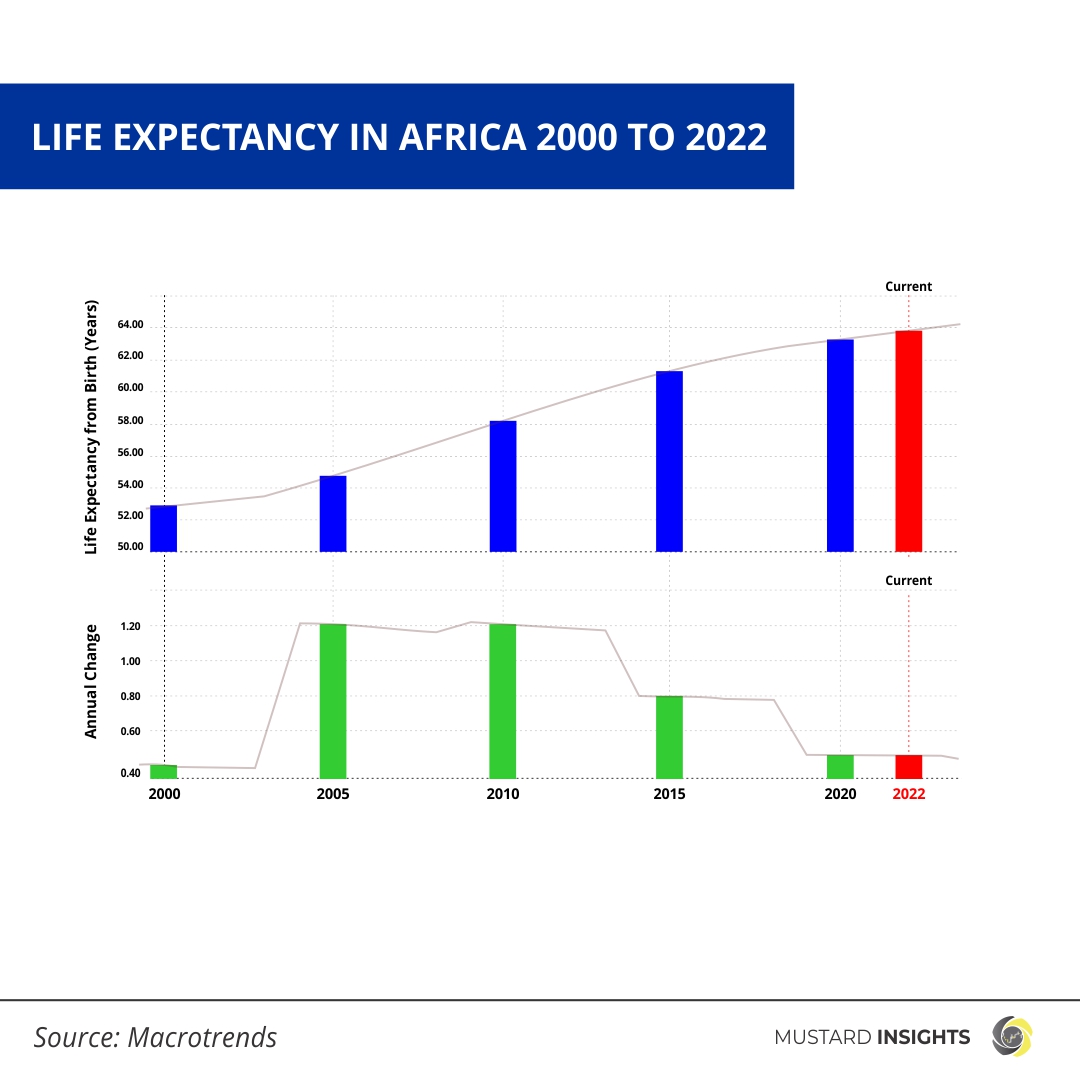Life expectancy continues to be one of the many yardsticks used in measuring the health and well-being of citizens in a country. The belief is a correlation exists linking the standard of living and life expectancy of individuals, especially in developing countries. Countries that have poor standards of living usually have a shorter life expectancy.

Life expectancy continues to be one of the many yardsticks used in measuring the health and well-being of citizens in a country. The belief is a correlation exists linking the standard of living and life expectancy of individuals, especially in developing countries. Countries that have poor standards of living usually have a shorter life expectancy.
Africa, as a continent, has always pulled the shortest stick in matters relating to adequate standards of living, health and life expectancy of her people. Over the last two decades, life expectancy in Africa has been on the rise; arguably better than at any point in its history.
In 2009, Africa recorded its highest increase in annual percentage change from the previous year at 1.220% with an average life expectancy of 57.47 years. The second highest point was in 2004, when the average life expectancy in Africa was 54.18 years and an annual percentage change of 1.210% from the previous year.
Although average life expectancy continued to rise, the annual percentage change in life expectancy dropped sharply from 1.170% in 2013 to 0.800% in 2014. This annual percentage would uniformly decline over the next four years to 0.780% in 2018 before another dip to 0.460% in 2019. Since then, the year-on-year annual percentage change in life expectancy has remained constant.
A reason for the continued increase in average life expectancy in Africa includes a decrease in infant mortality rate and many children surviving the first five years of life. Improved health care and efficient birth delivery processes have played a large role in effectively reducing the number of infants’ death after birth.
The increase in life expectancy can be because of higher income levels across the continent. With increasing per capita income, many Africans can have access to clean water, better housing, health care and standards of living. According to data provided by the World bank on Sub-Saharan Africa, the continent’s GDP per capita in 2000 was less than $581 and had increased to almost $1600 in 2019
As average life expectancy in Africa continues increasing, it’s an encouraging sign that things can be better for the continent and her people. With continuous improvement in the health sector, sustainable growth and development of economies on the continent, this will promote increasing average life expectancy in African countries.
Rising Population and Urbanization in Nigeria
Thoughts?
We won't share your email address. All fields are required.
